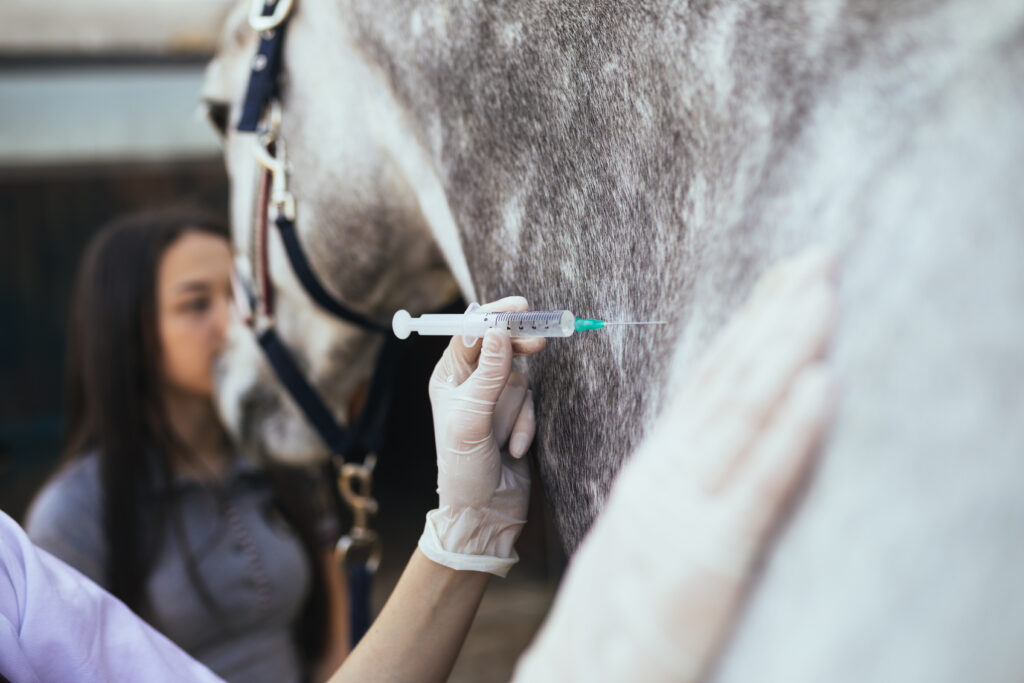HOME
Deer In Decline

By Russell A. Graves
He’s the deer I’ve been searching for over the past couple of days. Driving throu-h the rugged badlands of the Tongue River Country of Northwest Texas, mule deer are numerous but big ones are rare.
On the flat fields where canyon draws feed to and from the agricultural grounds of the area, mule deer often congregate by the dozens to feed on an easy meal of fresh green shoots of tender wheat.
Their pattern is predictable: travel and bed in the rugged breaks and crags that have been created by incessant forces of wind and water and when it’s time to eat, move out to the open areas where humans cultivate the land and provide an easy meal for a variety of wildlife. Mule deer are especially fond of this loosely symbiotic relationship.
Their behavior seems at odds with the usual wariness that wild deer typically exhibit. Whitetails (the cousin of mule deer and the source of the ascendant DNA in which the mule deer evolved over millennia) are more paranoid and like to stick close to cover in order to flee if danger presents itself. Mule deer on the other hand, evolved in the western United States and out on the open plains where they could see danger well in advance.
Of the two primary Texas deer species, mule deer are the more claustrophobic, preferring to stick to the wide open areas where danger is easily spotted.
While the mule deer’s range is huge compared to the whitetail, winter and the mammal’s ultimate proximity to food sources make their pattern a little more predictable out here. With two days left in the old year, I roam this ranch in search of a post rutting buck that’s looking to recover his spent energy by tapping into his likely travel corridors as he goes back and forth to feed and bed.
To read more pick up a copy of the February 2018 NTFR issue. To subscribe call 940-872-5922.
HOME
Preparing Spring Gardens

By Hannah Claxton | Editor
The North Texas area is located within USDA Hardiness zones seven and eight. The zones are categorized by predicted low temperatures for winter and timing of the first and last frosts.
Zone seven usually has winter low temps between 0 and 10 degrees F with the average date of the first frost falling between Oct. 29 and Nov. 15 and the average date of the last frost falling between March 22 and April 3.
Overall, these two zones have similar climates and growing conditions, making the options for timing and variety within a garden very similar.
In these zones, cool-season crops should go in the ground in March, meaning that soil preparation should start now.
To read more, pick up a copy of the January edition of North Texas Farm & Ranch magazine, available digitally and in print. To subscribe by mail, call 940-872-5922.

HOME
Equine Vaccinations

By Heather Lloyd
Vaccinations are a critical component of maintaining the health and well-being of horses, especially in environments where they are exposed to other animals, such as in the sport, show and performance arenas. Horses, like all animals, are susceptible to various infectious diseases that can spread quickly and cause serious harm.
A routine vaccination schedule helps prevent the spread of these diseases by preparing the horse’s immune system.
To read more, pick up a copy of the November edition of North Texas Farm & Ranch magazine, available digitally and in print. To subscribe by mail, call 940-872-5922.

HOME
Wichita Falls Area Cattlewomen

Having herds on a controlled breeding schedule means that we have a predictable calving schedule, and while it’s only over a couple of months, for us it does fall right after the start of the year. I lobby annually to call ours the “Winter calving season”, but I am outvoted and my husband still refers to it as Spring. Unlike producers in our Northern States, we don’t have to contend with brutally harsh winter weather, and on those rare times we do, thankfully it is not for extended periods. Regardless of whether you have a Spring or a Fall calving schedule, the health of a newborn calf begins with the mother’s health, and the mother’s health is largely dependent on the producer.
To read more, pick up a copy of the November edition of North Texas Farm & Ranch magazine, available digitally and in print. To subscribe by mail, call 940-872-5922.

-

 Country Lifestyles2 years ago
Country Lifestyles2 years agoScott & Stacey Schumacher: A Growth Mindset
-

 Country Lifestyles8 years ago
Country Lifestyles8 years agoStyle Your Profile – What your style cowboy hat says about you and new trends in 2017
-

 HOME8 years ago
HOME8 years agoGrazing North Texas – Wilman Lovegrass
-

 Outdoor10 years ago
Outdoor10 years agoButtercup or Primrose?
-

 Country Lifestyles5 years ago
Country Lifestyles5 years agoAmber Crawford, Breakaway Roper
-

 Country Lifestyles9 years ago
Country Lifestyles9 years agoJune 2016 Profile – The man behind the mic: Bob Tallman
-

 Country Lifestyles8 years ago
Country Lifestyles8 years agoDecember 2016 Profile, Rusty Riddle – The Riddle Way
-

 Equine1 year ago
Equine1 year agoThe Will to Win




